 At a glance
At a glanceExpert's Rating
Pros
- Extremely small profile
- Shock-absorbing silicone jacket
- Top-flight packaging
- Good overall performance
Cons
- A tad behind the 20Gbps curve performance-wise
Our Verdict
While the Sabrent Rocket Nano V2 isn’t the fastest 20Gbps SSD on the planet, it’s plenty fast and fits a ton (up to 4TB) of storage in a super-small form factor. Nice.
Best Prices Today: Sabrent Rocket Nano V2
Sabrent’s Rocket Nano V2 portable SSD lives up to both parts of its name — it’s fast (in the grand scheme) and it’s tiny. Okay, perhaps “Rocket” is a bit much, as the drive is on the slow side for USB 3.2×2, but that’s a branding name for all Sabrent SSDs. (Perhaps its owners are Guardians of the Galaxy fans?)
Semantics aside, the Nano V2 is a quality, and indeed, very small SSD that arrives in some of our favorite packaging.
Further reading: See our roundup of the best external drives to learn about competing products.
What are the Sabrent Rocket Nano V2’s features?
The Sabrent Rocket Nano V2 is a USB 3.2×2, 20Gbs external SSD available in up to 4TB of capacity. It’s a handsome, and particularly tiny unit at a mere 2.73-inches long, 1.16-inches wide, and 0.44-inches thick. Weight is 1.7 ounces. Personally, I like the heft.
While the photo at the top of this article shows the Nano V2 without its cover, that was for pure artistic reasons. The drive actually ships with a silicon jacket installed as shown below. The jacket adds approximately 0.06-inches to each dimension.
And, as the photo also shows, the jacket is prone to collecting micro-schmutz. In truth, I airbrushed most of it out to address such aesthetic concerns.
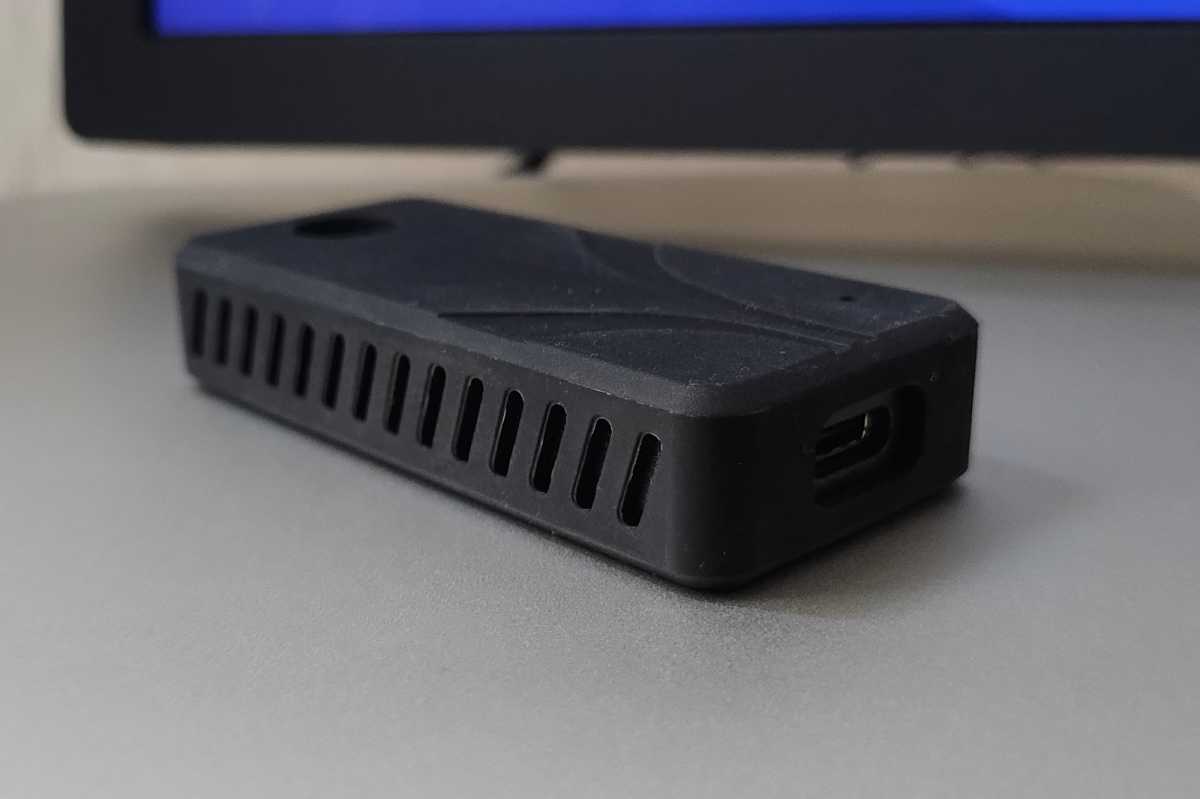
<div class="scrim" style="background-color: #fff" aria-hidden="true"></div>
</div></figure></div>There’s no arguing with Sabrent’s step-above out-of-box experience. No cardboard retail container here, but a solid metal case that can be used to store the Rocket Nano V2, or retasked for other purposes. I keep all the Sabrent cases around because they’re handy and good looking.
Sabrent warranties the Rocket Nano V2 for five years, limited to drives that aren’t crushed and that you haven’t tried to write an exabyte of data to. (Note that the latter is actually impossible and you’ll likely experience write failures after a couple of petabytes max.)
As some users have asked, while an SSD may no longer allow writes, it remains readable, so data loss is generally not a concern with overuse.
How much is the Sabrent Rocket Nano V2?
It’s a bit difficult to judge the Rocket Nano V2’s bang for the buck. Why? Sabrent lists reasonable sale prices alongside beyond-steep MSRPs on its website: $120/$230 for the 1TB, $200/$400 for the 2TB, and $450/$900 for the 4TB.
On sale, the Rocket Nano V2 is just a bit pricier than the USB 3.2×2 norm, but the MSRPs are, well, yowser. Obviously, I say yea to the sale prices, and nay to the MSRPs when recommending (or not) this drive. If I had to guess, the sale is likely permanent. Let me know if I’m wrong.
How fast is the Sabrent Rocket Nano V2?
The 4TB Nano V2 that Sabrent sent us proved a very good, if not stellar performer when weighed against other 20Gbps types. The 4K random tests had it on par with the competition, but it tested somewhat slower in sequential throughput and our real-world transfers.
The good news is that while write rates drop when the secondary cache is full, it was generally only to a still workable 750MBps. We saw it nosedive occasionally to 200MBps, but in general it maintained the higher secondary rate. When fully endowed with secondary cache, the Nano V2 writes at 1.4GBps — nothing to sneeze at.
Below you can see the evidence for my conclusions, starting with CrystalDiskMark 8’s sequential results. Note that these were confirmed by AS SSD.
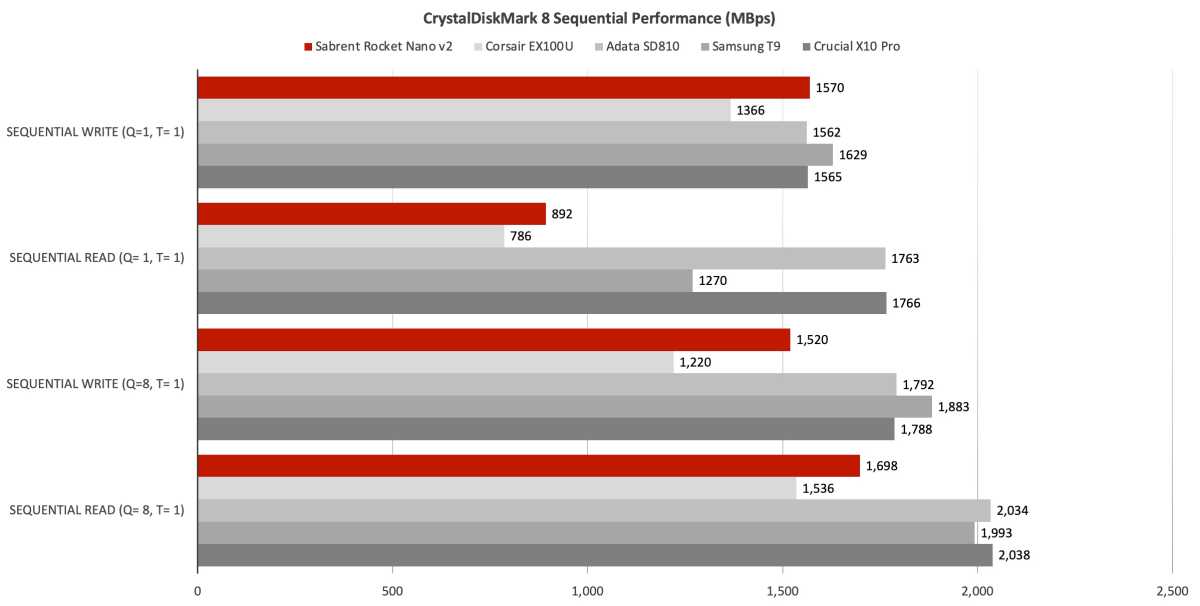
<div class="lightbox-image-container foundry-lightbox"><div class="extendedBlock-wrapper block-coreImage undefined"><figure class="wp-block-image size-large enlarged-image"><img decoding="async" data-wp-bind--src="selectors.core.image.enlargedImgSrc" data-wp-style--object-fit="selectors.core.image.lightboxObjectFit" src="" alt="" class="wp-image-2262558" width="1200" height="606" loading="lazy" /></figure></div> </div></figure></div>Random read and write performance is a definite strength of the Nano V2 as you can see below.
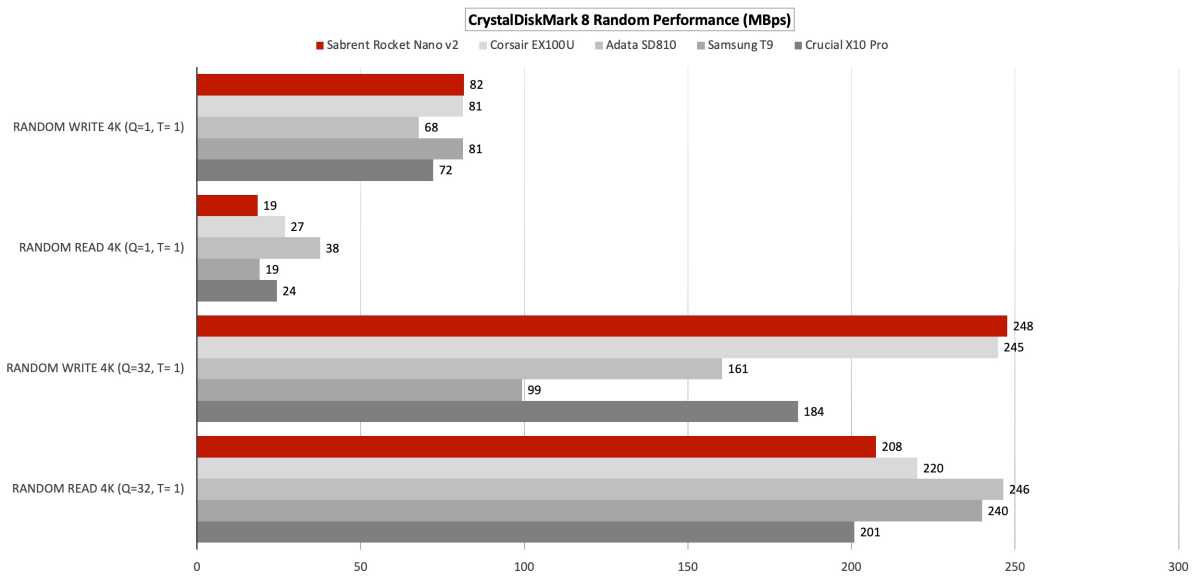
Login to add comment
Other posts in this group


Microsoft has added an OCR function (Optical Character Recognition) t
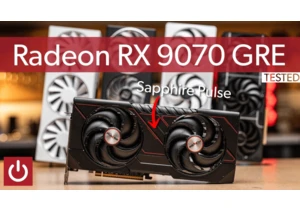
If you’re reading this anywhere outside of China, you probably haven’

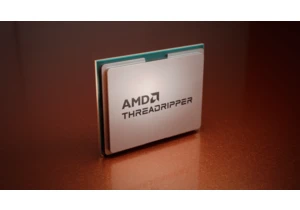
While AMD jacked up the price of its Threadripper Pro chips to equal

First there was Clippy. Now Microsoft Copilot has a face, with reacti

